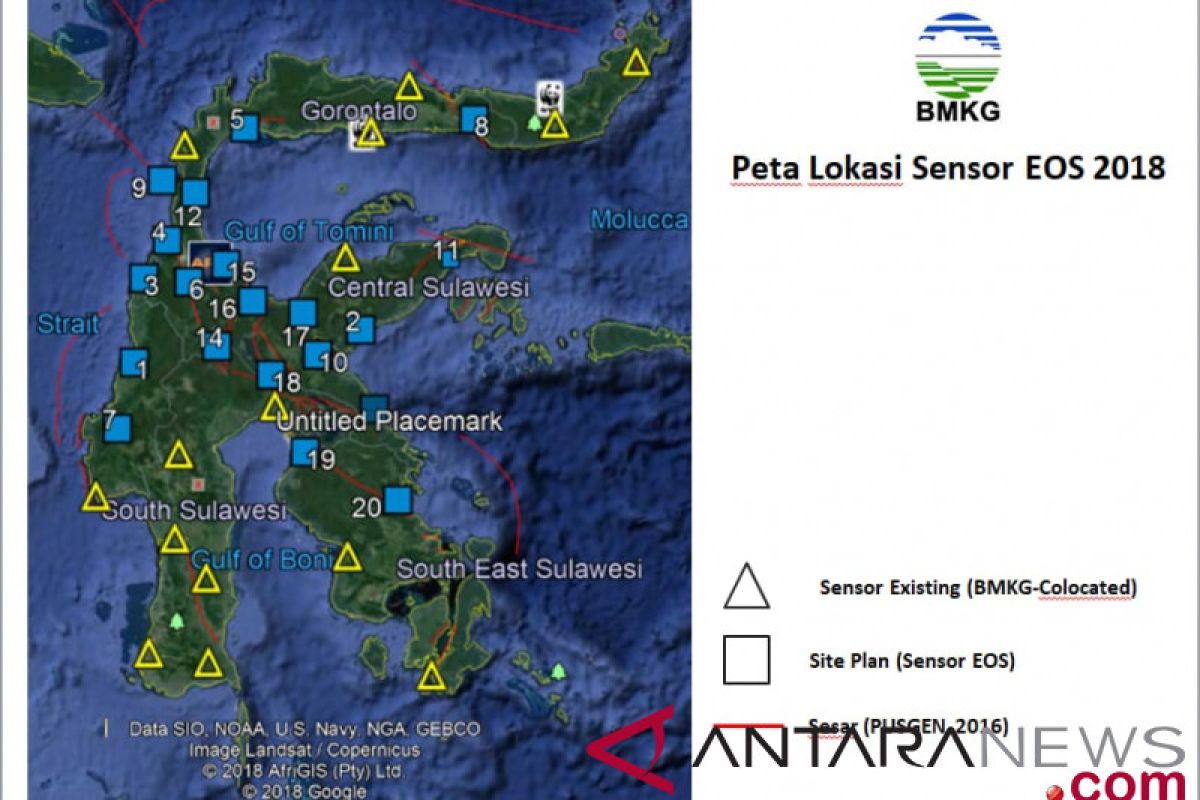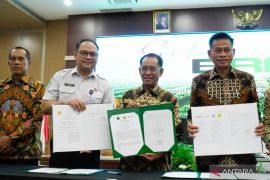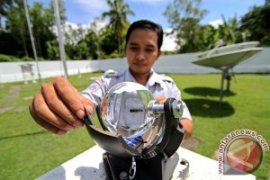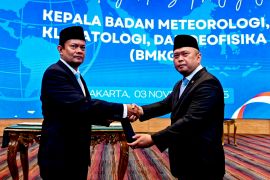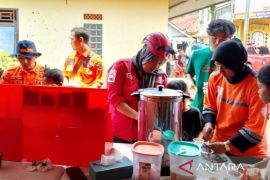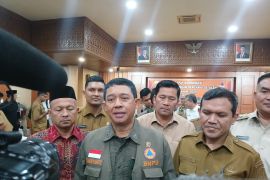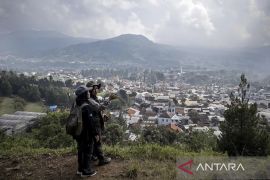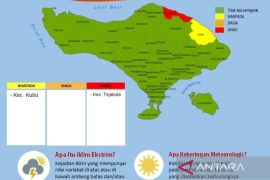"The portable sensors were installed to obtain accurate data on the seismic activities in Sulawesi," BMKG`s Head of Earthquake and Tsunami Mitigation Tiar Prasetya stated here on Wednesday.
Prasetya explained that the portable sensors were installed to support the 15 existing sensors spread across Sulawesi.
Most of the 20 new portable sensors were set in Central Sulawesi, whose certain parts of the province had been hit recently by a 7.4-magnitude earthquake that triggered a tsunami and soil liquefaction.
The BMKG has, so far, noted 543 aftershocks since the earthquake hit the Central Sulawesi city of Palu and districts of Donggala and Sigi, and 20 of the aftershocks had a magnitude of above five.
The National Disaster Mitigation Agency recorded that the death toll until October 11, 2018, reached 2,073 people. A total of 68,451 homes were seriously damaged, and 78,994 people were displaced.
The search for victims was halted on Friday, October 12, 2018, due to standard operating procedures of the National Search and Rescue Agency (Basarnas) regulating the search for disaster victims to only last for seven days, with an extension of three days.
Until Friday (Oct 12), the process of search and assistance for disaster victims in Central Sulawesi had lasted for 14 days.
Meanwhile, the period of disaster emergency response in Central Sulawesi was extended to 14 days, starting from Saturday (Oct 13) to Friday (Oct 26).
Moreover, the Indonesian government has prepared a master plan for the rehabilitation and reconstruction of Palu. The government will establish a new resettlement to relocate disaster victims in several safer areas around Palu City, Central Sulawesi.
Reporting by Desi Purnamawati
Editing by Noviandi Helmy/Yuni Arisandy
Reporter: Antara
Editor: Sri Haryati
Copyright © ANTARA 2018
